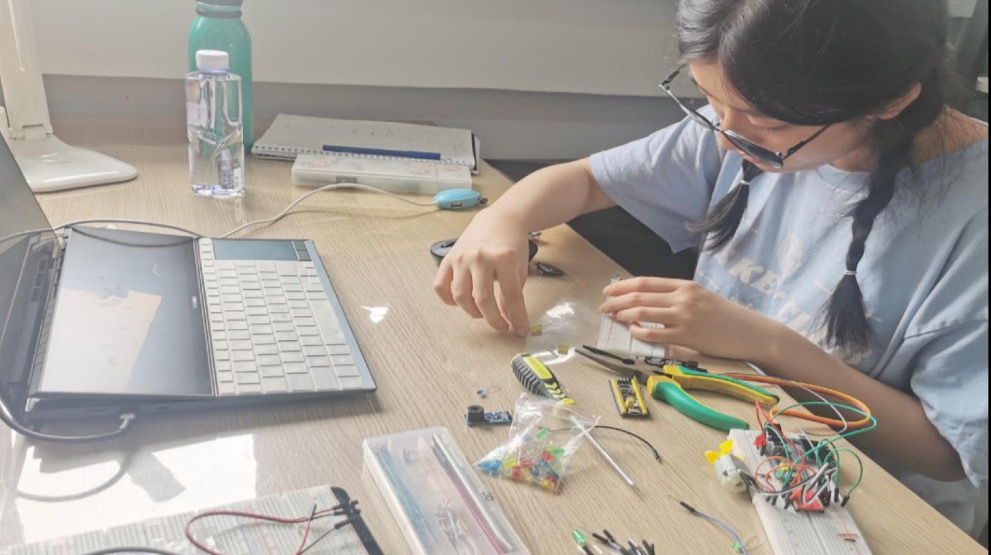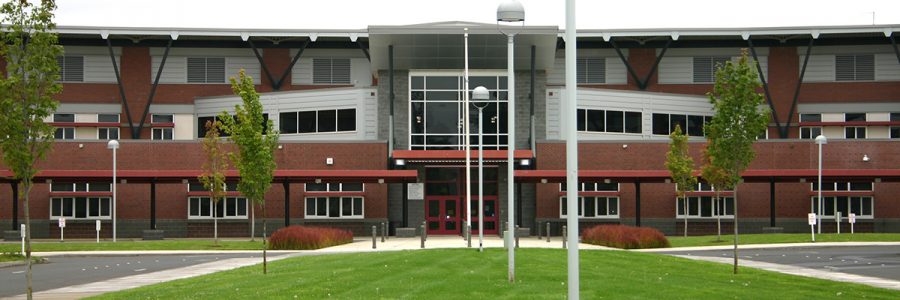Throughout Camas High School there seems to be extreme temperature changes from classroom to classroom. Students are often at a loss for what to wear to school, resorting to layers of clothing to prepare for the transitions between blazing and frigid.
Classroom temperature can be very distracting to students and can easily make them more tired or more awake. Senior Ursula Hood says, “The drastic difference between room to room impairs my ability to learn.”
And it is not just the students who find the varying temperature annoying. Teachers also dislike the inconsistencies of the heat. English teacher Mrs. Dignan says, “Sometimes I think it is too chilly, but I’d prefer to have it on the cooler side [rather than it being extremely hot] because it’s better for learning engagement.”

According to Mr. Marshall, former CHS principal who now is in charge of buildings in the Camas School District, says, “Maintaining constant building temperatures is not always easy.” Variables that affect temperature include which floor level the classroom is on, where the vents are located, if there are exterior doors, and how many students are in the classroom from period to period.
Believe it or not — the most influential factor is personal interpretation. The ambient temperature of each room in CHS, as mandated by the school board, must stay between 68° Fahrenheit and 70°Fahrenheit. The fluctuation of two degrees does not seem like very much, but the personal perception makes the change feel extreme.
Senior Samantha Meril says, “It’s so cold! It’s nice in the summertime, but during the winter, it doesn’t even feel like they turn on the heater!” During the winter, students think that the building is colder, since the environment outside influences their views on the temperature inside. Summertime seems more consistent since the hot climate outside contrasts with the seemingly constant air conditioning inside.
Furthermore, the Heating, Ventilation and Air Conditioning (HVAC) system at CHS automatically pumps in fresh air when the CO2 levels start to get too high. This fresh air is typically below room temperature which can make rooms cooler than average. The fresh air coming into the room may also feel like the air conditioning is blasting, but it is only working to ensure safety inside the building.
When it comes to complicated spaces, the main commons poses a big problem to the heating in the school. Vents are placed in the ceilings of rooms and the intakes at floor level. When the lower half of the commons starts to get too cold, the vents blast extremely hot air to try and get the circulation started and the lower commons warmer. The upper half is not only hit with the hot air initially, but also when the system shuts off, the air rises back up again.

So, as it turns out, what may seem like erratic temperatures around CHS are really not so unreliable after all. Personal mood and tolerance of heat are the biggest factors in perception of temperature. Next time students (or teachers) start to complain about the heat, know that the maintenance staff works their hardest to keep the system functioning within the minuscule amount of wiggle room allowed.


































